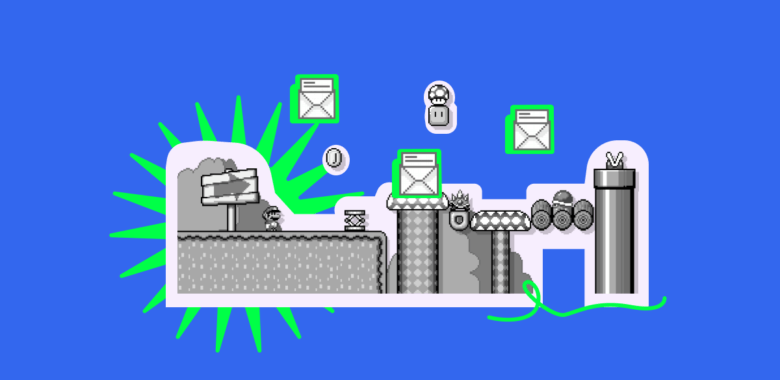The role of email marketing in the gaming industry
Email marketing is often overlooked by gaming companies — mostly, as we said before, because other industry-specific platforms for gaining traffic and downloads are seen as more relevant. That’s why, when it comes to email campaigns, game developers run them on the leftover principle. It means that gaming emails are sent too often and offer mostly salesy content. As a result, gaming emails have one of the lowest open and click rates compared to other industries.
So, should you bother? Actually, yes. These statistics shouldn’t discourage you from starting a newsletter to promote your game — here’s why:
- You can always do better — in the pool of bad gaming emails, you can always do good ones and stand out among the competitors. Truly engaging email campaigns can get open rates of up to 46% — 4 times more than the industry average and an impressive number for any other industry as well.
- Emails are a great community-building tool compared to social media. Imagine yelling in a loudspeaker in a crowded street compared to performing a standup in a small bar. Emails are a personal channel by nature, so they allow you to create closer relationships with fans. Video gamers are also a very loyal audience, so once you establish a connection, your subscribers are going to stick around.
- Emails are not just for players but also influencers and potential partners that will help grow your business.
Finally, emails can be more effective than industry-specific promotional channels. Here’s a great example from Chris Zukowski’s lecture at the Game Developer Conference. He mentioned Butterscotch Shenanigans, a gaming company that created a secret unlockable side quest to draw attention to their older and less popular game. The team ran an A/B test on two channels to attract players to the offer: push notifications and emails. It turned out that emailed players were 2.8 times more likely to play the game! By the way, this is what the email looked like:

























